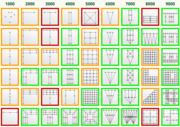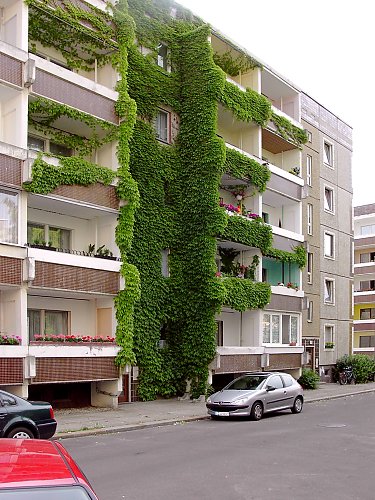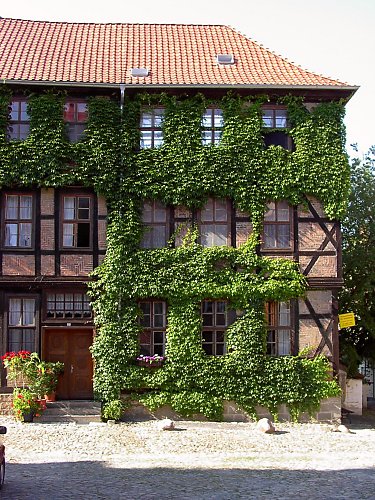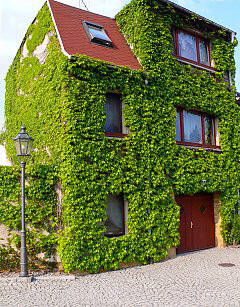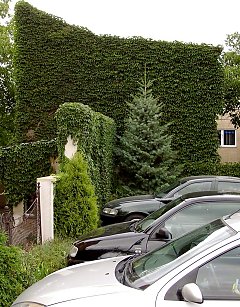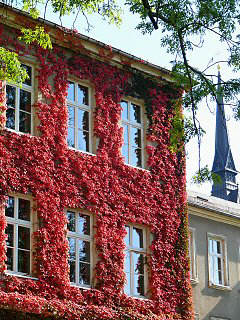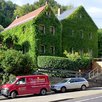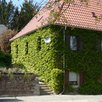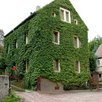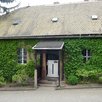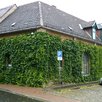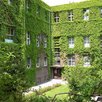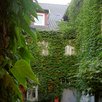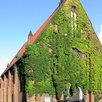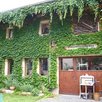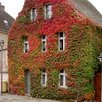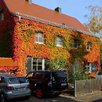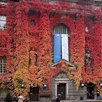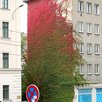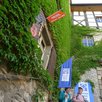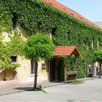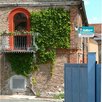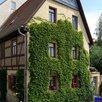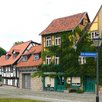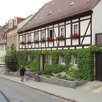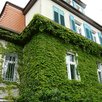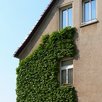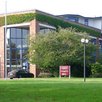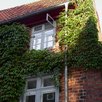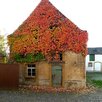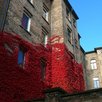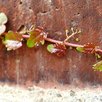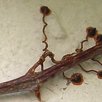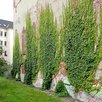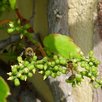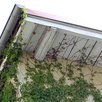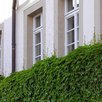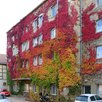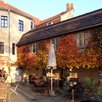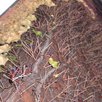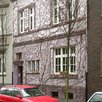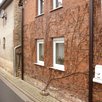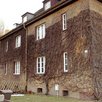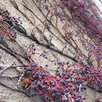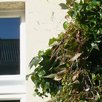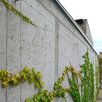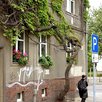Boston Ivy
After ivy, this three-lobed wild vine is the most beloved in facade greening. The Boston ivy vine (also known as Japanese creeper) is aself-clinging climber that covers extensive areas quickly. Its striking red autumn colours and the fact that it does not require climbing support make it a popular climber. It can be used to fully cover walls on facades, masts, and poles. With regular pruning it can also be used for partial greening and on small, limited wall surfaces. In short: an excellent facade plant!
Parthenocissus tricuspidata "Veitchii, "Veitchii Boston ivy, Japanese creeper, Japanese ivy, grape ivy, woodbine
>>> Price
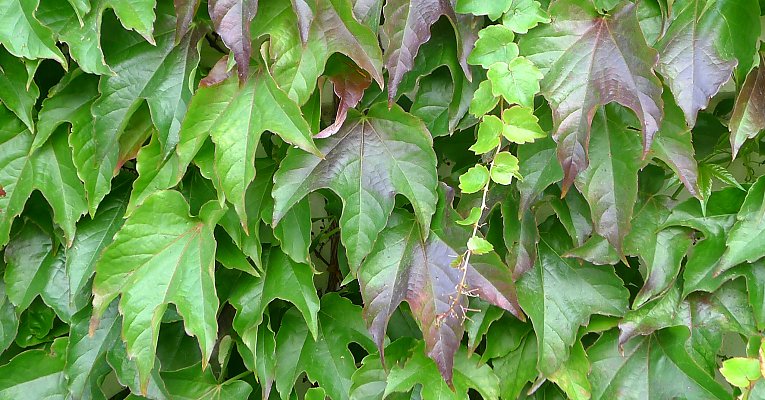
To Thrive...
Place these vines in a semi-shaded to sunny location; more sun exposure brings more beautiful autumn colours. Distance between plants: 2.5 - 5 metres.
>>> Price
Characteristics and Pruning
This is a climbing vine with adhesive pads that cling to nearly any surface. It grows wide and fan-shaped; the shoots like to spread horizontally. This vine can reach a height of 20 metres and more, with a yearly growth of 1 - 2 metres. Also has a cascading / hanging- over habit. Foliage from May to October; has inconspicuous, tiny green-yellow flowers in early summer and small black berries which will delight bees and birds after leaf-fall. Summer prune as needed to restrain its vigorous growth; winter prune as illustrated in photos. Tiny lignified discs remain stuck to the wall after removal of the vine.
Climbing Supports for the Facade
Boston ivy, unlike other "wild vines," typically needs no climbing support. However, in some cases and especially on wind-exposed walls, wire rope systems (see below) in our easy or medium range may be needed to prevent collapsing of the vine. In cases of very high walls or walls with external insulation, heavyor evenmassive wire rope systems might be needed. In very old specimens, the main framework can be attached at points per rope system 1010.
Note:
Boston Ivy can cause significant damage to buildings! The plant grows in a light-fleeing way ('negatively phototropic') and, as the shoots get into nooks and crannies and increase their stem girth, they can damage masonry, shift apart building elements, and lift roof shingles! Insufficient removal of foliage may also block roof gutters. A frequently asked question during the restoration of a facade is how to deal with the remaining adhesive roots of torn-off vines. The only solution is to burn them off / torch them and then repaint the wall!

Full Greening
You can see in the following pictures just how suitable Boston ivy is for greening whole walls and buildings!

Partial Greening
Partial greening can be created by vigorous pruning or other methods of inhibiting / slowing growth.
Wire Rope Systems for Boston Ivy (Japanese Creeper)
Please click on the graphic illustrations for details!
| = suitable | = of limited suitability | = unsuitable |

